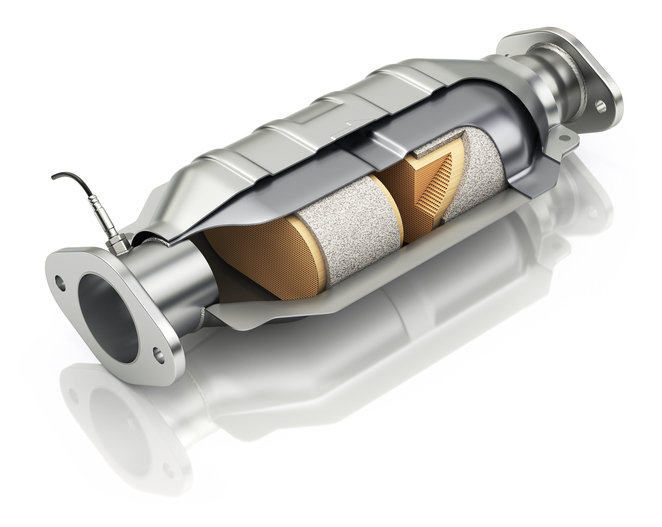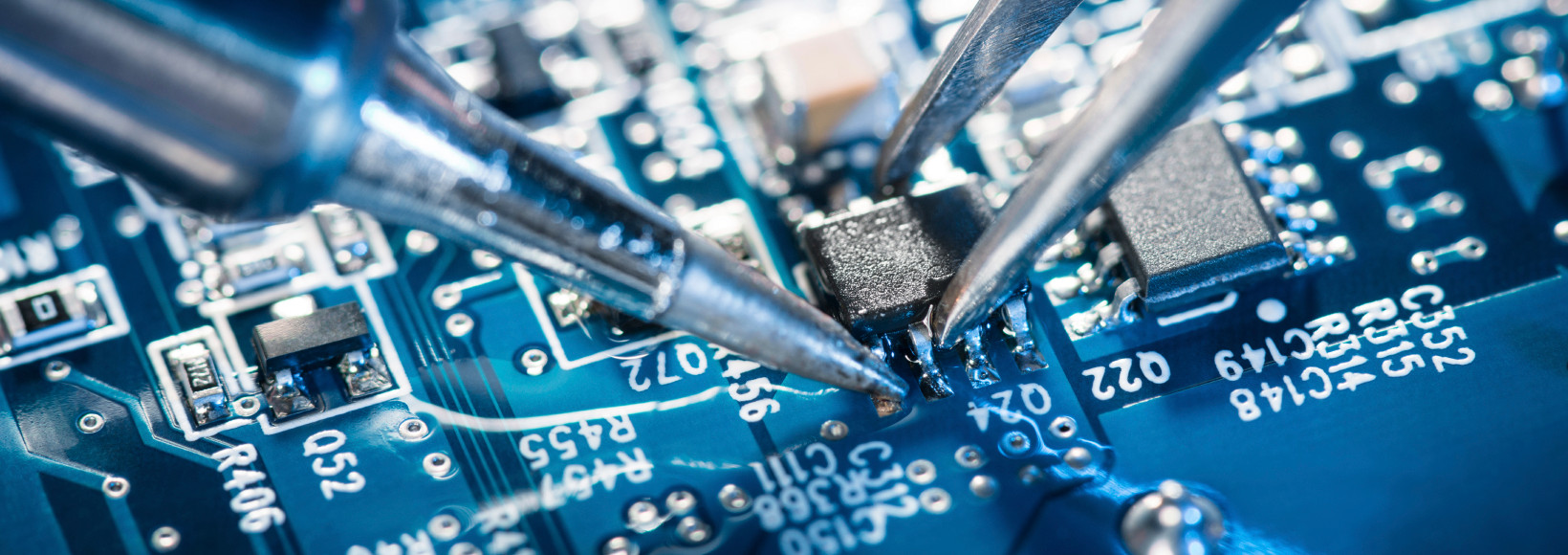The All-Around Benefits of Ruthenium: From Automotive to Biomedicine
Ruthenium is a chemical element with the symbol Ru and atomic number 44. It is a rare, silvery-white metal that is part of the platinum group of elements and is considered one of the least abundant elements in the Earth's crust. Despite its rarity, ruthenium has a wide range of
applications in various industries due to its unique properties and characteristics.
According to the US Geological Survey, the world's reserves of ruthenium are estimated to be around 1,000 tons. These reserves are mainly located in Russia, South Africa, and North America. The largest producer of ruthenium is Russia, followed by South Africa and Canada. Ruthenium is typically obtained as a byproduct of the mining and refining of platinum and nickel ores, and it is estimated that only around 1-2% of ruthenium is produced annually. This, combined with its many useful applications, means that ruthenium can command high prices on the market. Despite its rarity, ruthenium is widely used in various industries, and its demand is expected to continue to increase as new applications for the metal are developed. To meet this growing demand, mining companies are investing in exploration and production efforts to locate and extract new ruthenium reserves.
Catalytic Converters and Environmental Sustainability

Image Source : Thermo Fisher Scientific
- Catalytic converters are an essential component in modern automobiles, as they help to reduce harmful emissions produced by the internal combustion engine. A catalytic converter contains a ceramic or metallic substrate coated with a mixture of precious metals, including platinum, palladium, and ruthenium. These metals act as catalysts, promoting chemical reactions that convert the toxic pollutants in the engine's exhaust gases into less harmful substances.
- Catalytic converters work by using the precious metals to catalyze a chemical reaction between the toxic pollutants in the exhaust gases and the oxygen in the air. This reaction transforms carbon monoxide, hydrocarbons, and nitrogen oxides into carbon dioxide, water vapor, and nitrogen gas, respectively.
- Ruthenium is a valuable component in catalytic converters due to its high temperature stability and resistance to poisoning, or the inability of a catalyst to function properly due to the presence of certain substances in the exhaust gases. This makes ruthenium an ideal choice for use in catalytic converters for diesel engines, as diesel exhaust can be more challenging to treat than gasoline exhaust.
- In addition to reducing harmful emissions, catalytic converters can also improve fuel efficiency and engine performance. This makes them an important component in reducing the environmental impact of transportation, and they are required by law in many countries to be installed on all new vehicles.
- In conclusion, catalytic converters are an essential component in modern automobiles, as they help to reduce harmful emissions and improve fuel efficiency and engine performance. Ruthenium, along with other precious metals, plays a key role in the functioning of catalytic converters, and its use in this application will likely continue to be important in the future.
Electrical and Electronic Components with Improved Durability and Performance
Image Source : American Elements
- Ruthenium is widely used in the electrical and electronic industries due to its high electrical conductivity and ability to improve the durability and performance of electronic components.
- One of the key applications of ruthenium in electronics is in the production of interconnects, which are the metal lines used to connect different components within a microchip. Ruthenium is a popular choice for these interconnects due to its ability to maintain its electrical conductivity at high temperatures, allowing the microchips to operate efficiently even under extreme conditions.
- Ruthenium is also used in the production of electrical contacts, which are essential components in devices such as switches and relays. Ruthenium-plated contacts offer improved durability and reliability compared to traditional contact materials, reducing the need for frequent replacements and helping to prolong the lifespan of the device.
- In addition to its use in interconnects and contacts, ruthenium is also used in the production of resistors, capacitors, and other electronic components. Its high conductivity and ability to maintain its performance at high temperatures make it an ideal material for use in these components, which are often subjected to high levels of stress and extreme operating conditions.
- Furthermore, ruthenium has been shown to improve the performance of solar cells and other energy-related devices, making it a valuable material for the development of sustainable energy technologies.
- In conclusion, ruthenium is widely used in the electrical and electronic industries due to its high electrical conductivity and ability to improve the durability and performance of electronic components. Its versatility and reliability make it an important material for the production of interconnects, contacts, resistors, capacitors, and other electronic components, as well as for the development of sustainable energy technologies.
Superalloys and the Advancements in Aerospace and Power Generation

Image Source : Collins Aerospace
- Superalloys are a class of high-performance alloys that are used in high-stress and high-temperature applications, particularly in the aerospace and power generation industries. They are known for their excellent strength, toughness, and resistance to corrosion and oxidation.
- Ruthenium is a valuable component in the production of superalloys, as it enhances the performance and durability of these alloys in demanding applications. By adding ruthenium to the alloy, the material's resistance to creep and fatigue can be improved, allowing it to perform effectively even under extreme conditions. This makes ruthenium-enhanced superalloys ideal for use in the high-stress environments found in aerospace and power generation applications.
- In the aerospace industry, ruthenium-enhanced superalloys are used in the production of engine components, such as turbine blades and disks, which must withstand high temperatures and mechanical stress during flight. By using ruthenium, these components can maintain their strength and durability even under extreme conditions, helping to ensure the safety and reliability of the aircraft.
- In the power generation industry, ruthenium-enhanced superalloys are used in the production of components for gas turbines and other high-temperature power generation systems. The ability of ruthenium to resist creep and fatigue, as well as its resistance to oxidation and corrosion, makes it an ideal material for use in these high-stress environments.
- In conclusion, ruthenium is a valuable component in the production of superalloys, as it enhances the performance and durability of these alloys in high-stress applications. Its use in aerospace and power generation applications highlights the versatility and reliability of ruthenium, making it an important material for the development of high-performance technologies in these industries.
Biomedicine and the Future of Therapeutic Treatments

- Ruthenium is a versatile metal that is showing great potential in the field of biomedicine and the development of therapeutic treatments. The unique chemical and physical properties of ruthenium make it a promising material for a wide range of medical applications, including the development of new drugs, imaging agents, and therapeutic devices.
- One of the key advantages of ruthenium in biomedicine is its ability to selectively bind to specific biological molecules, making it a useful tool for imaging and targeting diseased cells. Ruthenium-based imaging agents have been developed for use in medical imaging techniques such as X-ray and magnetic resonance imaging (MRI), and have been shown to provide high-resolution images of biological systems.
- In addition to its use in imaging, ruthenium is also being studied for its potential in the development of new therapeutic treatments. Researchers are investigating the use of ruthenium-based drugs to target specific cells or biological processes, with the aim of developing more effective and targeted treatments for a range of diseases.
- Another area of research in biomedicine that involves ruthenium is in the development of therapeutic devices. For example, ruthenium-based electrodes have been developed for use in medical devices such as neural stimulators, which use electrical stimulation to treat a range of conditions, including chronic pain and Parkinson's disease.
- In conclusion, ruthenium is a versatile metal that is showing great potential in the field of biomedicine and the development of therapeutic treatments. Its unique chemical and physical properties, including its ability to selectively bind to specific biological molecules, make it a promising material for a wide range of medical applications, including imaging, drug development, and therapeutic devices. As research in this area continues to progress, the potential uses of ruthenium in biomedicine are likely to expand, providing new and innovative approaches to treating a range of diseases.
In conclusion, ruthenium is a versatile metal that has a wide range of applications in various industries, including automotive, electrical and electronics, aerospace, power generation, and biomedicine. With its unique properties and characteristics, including its high melting point, density, and resistance to corrosion, ruthenium is poised to play a crucial role in the production of environmentally friendly and innovative products in the future. Whether it is reducing air pollution through catalytic converters, or improving the durability and performance of electrical and electronic components, advancing the aerospace and power generation industries, or revolutionizing the biomedicine field, ruthenium has a promising future and a wide range of benefits for society.
Detailed analysis of the global ruthenium market will be available in our full report. Download Here




